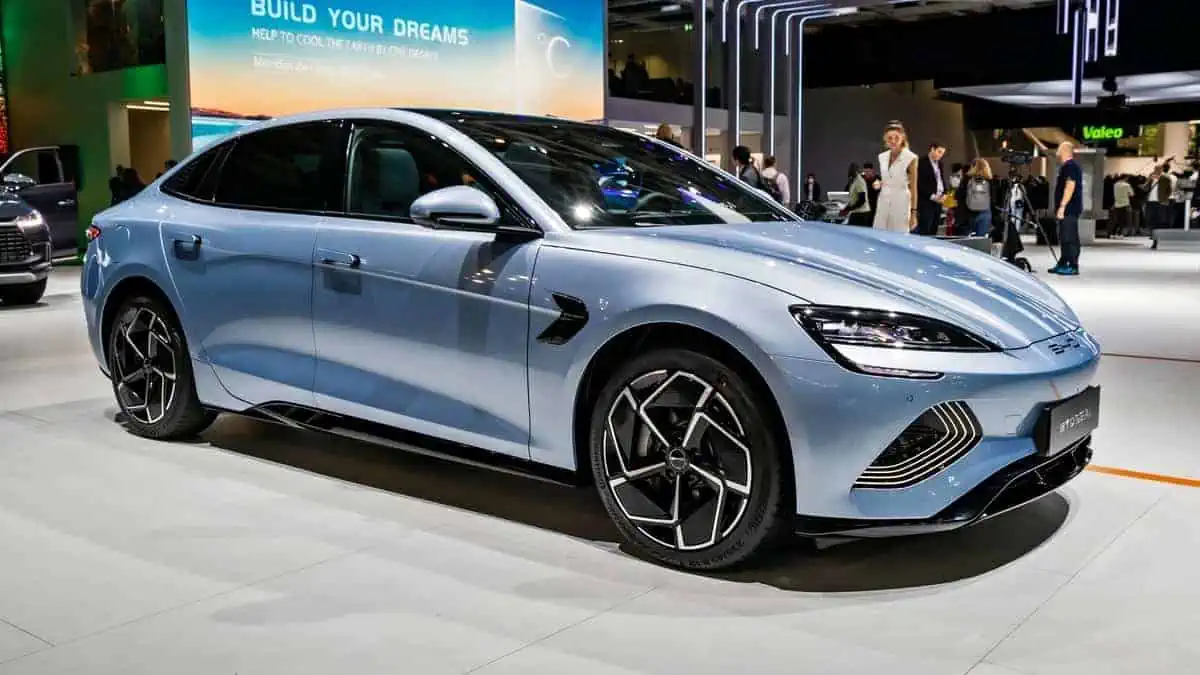The US government finalized the “strongest-ever” car pollution standards on Wednesday as it seeks to boost the country’s shift to electric vehicles and hybrids. According to the EPA, the final regulation will offer customers more choices in clean vehicles.
Moreover, it will apparently save over 7 billion tons of carbon emissions, offer almost $100 billion of annual net benefits to society, and result in $62 billion in reduced annual fuel costs.
Initial proposal
In hindsight, the Biden Administration initially proposed to require automakers to increase their battery electric vehicle share to contribute two-thirds (about 67%) of the country’s new passenger vehicle sales by 2032 to fulfill the CO2 emissions criteria.
However, strong opposition from car companies, dealers, and petroleum firms prompted the United States Environmental Protection Agency (EPA) to amend its regulation.
It signifies the final version of emissions standards for light- and medium-duty vehicles sold in the US from 2027 to 2032.
Final rule
The White House decided to enable a slower phase-out of current rules that give automakers extra fuel-economy credits for the electric vehicles they sell.
The updated rules now allow automakers to have their BEV share account for 30% to 56% of all new passenger vehicle sales by 2032.
The regulation changes took into account the automakers’ complaints and the substantial time the US government needs to improve its charging network.
“With transportation as the largest source of US climate emissions, these strongest-ever pollution standards for cars solidify America’s leadership in building a clean transportation future and creating good-paying American jobs, all while advancing President Biden’s historic climate agenda.”
EPA Administrator Michael Regan said in a statement
Presented below is a table comparing the initial proposal and the final emission standards from 2027 to 2032:
| EPA Emissions Standards (CO2 Compliance Targets) | Final Standards (Total light-duty fleet average, CO2 grams/mile) | Initial Proposal |
| 2027 | 170 | 152 |
| 2028 | 153 | 131 |
| 2029 | 136 | 111 |
| 2030 | 119 | 102 |
| 2031 | 102 | 93 |
| 2032 | 85 | 82 |
Affecting factors
The US government’s move to pivot from the initial proposal comes as the automotive industry, Republicans, and citizens oppose the more stringent emissions regulations.
There were concerns over the US’ lack of sufficient charging infrastructure to support a substantial increase of electric vehicles on the roads.
In addition, it also seems to be part of President Biden’s strategy to bolster his re-election campaign. As Reuters reported, the move could be his attempt to gain some additional votes as the battleground state of Michigan homes two legacy automakers, Ford and General Motors. Meanwhile, Donald Trump contends that the heavy electric vehicle policies could result in millions of job losses and aid Chinese companies dominate the country’s EV industry.
The new car pollution rules require less C02 emissions over time but are not as stringent as the initial proposal. The EPA expects the new standard to aid the US in achieving an annual fuel savings of around $6,000 in 2032. Moreover, it can apparently save 14 billion gallons of oil from 2024 to 2055.






